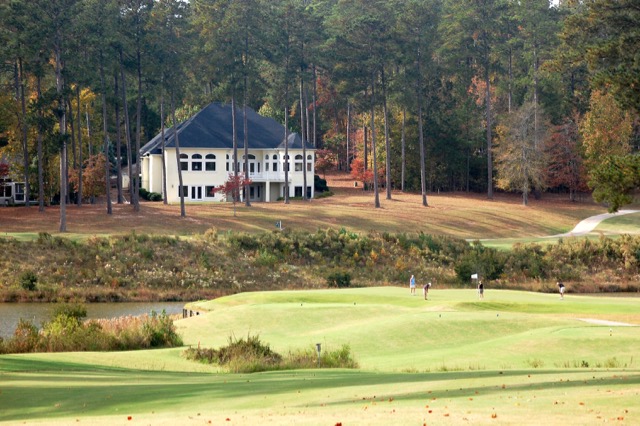I noticed a link in a tweet yesterday about golf real estate and followed it to an article sponsored by some outfit called VTS (View the Space), a real estate leasing consulting firm. As I read the piece by a “commercial real estate journalist” –- talk about specialization –- I thought the gloom it covered the golf industry with -- courses being plowed over for housing developments or repurposed for other uses -- was all too familiar. Cover some new ground, I thought –- until I looked back at the byline that indicated it was written last summer. It was old ground.
But is it? If you subscribe to Google’s Daily Alerts, as I do, and use search terms that include golf, golf community, golf real estate and the like, you will be treated to a daily diet of articles detailing fights between homeowners who live adjacent to golf courses and the club operators who want to close the course and sell to a developer; or resorts that are closing down a golf course to make way for an orchard or amusement area. Home with view of green at Savannah Lakes Village in McCormick, SC
Home with view of green at Savannah Lakes Village in McCormick, SC
However, like most news today, the bad stuff tends to throw shade over any good news. And the media, once it chomps down on a tasty chew toy -– in this case, golf –- does not let go easily, even in the face of facts. After spending a dozen paragraphs on why the golf industry is in trouble, the author of the article finally got to the good news in the penultimate paragraph; that “recreational open space” like golf courses “boosts the property value of nearby homes by as much as 20%.” The reference point is a National Association of Realtors study in Portland, OR, which showed that close proximity to a golf course was responsible for an extra $8,849 in home values, second only to “natural areas” and well ahead of “specialty parks” and “urban parks.” (The poorly articulated article doesn’t indicate how nearby homes are valued; if the $8,849 represents an extra 20%, that would imply average home values barely more than $44,000. Surely that is not the case.)
Of more relevance and accuracy is a study conducted by Florida Atlantic University that evaluated 10,000 home sales in three south Florida counties in 2015. Its results were announced this past January. The study found that homes adjacent to a golf course are worth an additional 8% to 12% compared with other comparable homes. This was a scientific endeavor, not the kind of anecdotal (i.e. lazy) efforts by many in the business press that result in an unfair depiction of golf and real estate. Facts do matter, and those considering a golf home who might be intimidated by what they read about golf communities in the press should avert their eyes from alternative facts.
You can read the press release on the Florida Atlantic study here.



